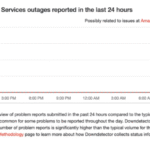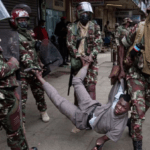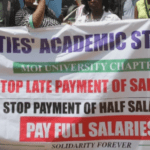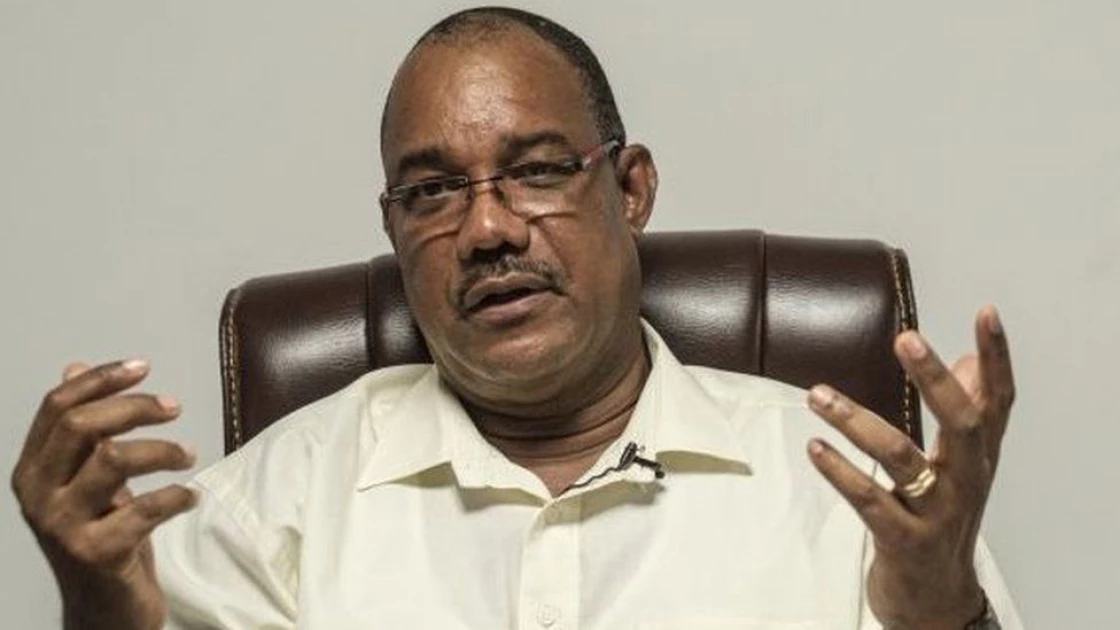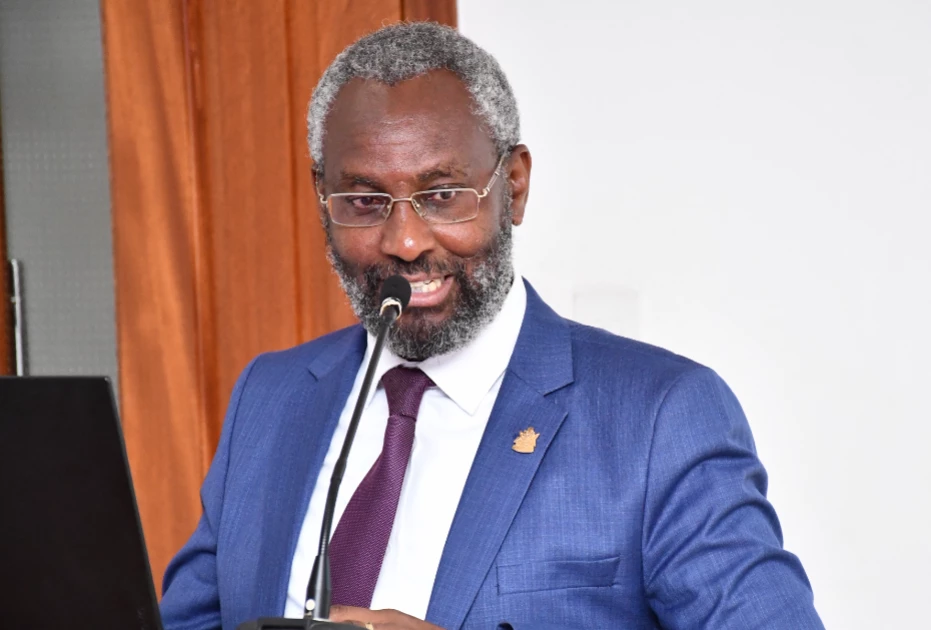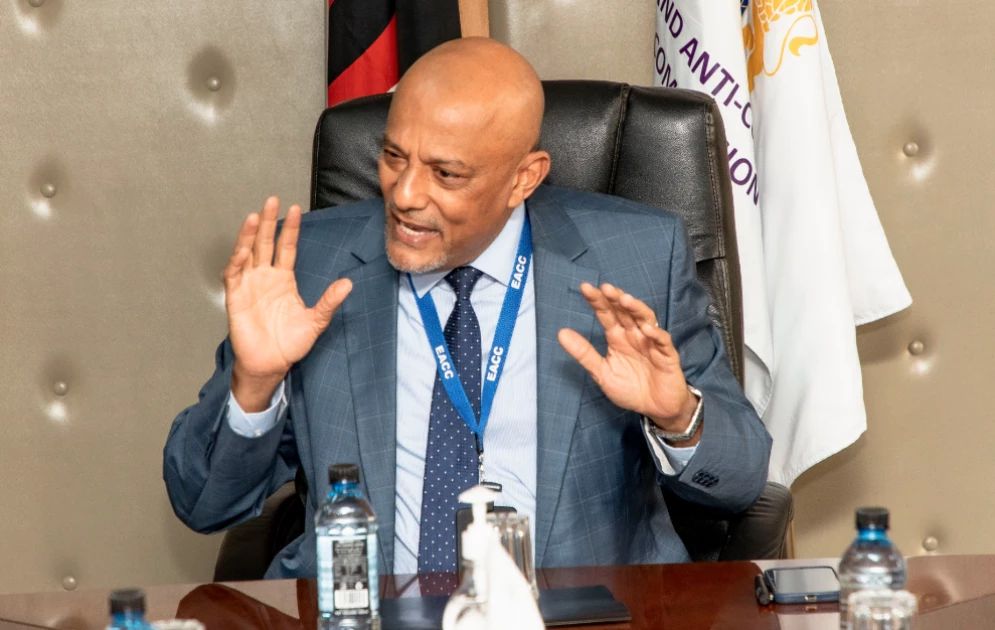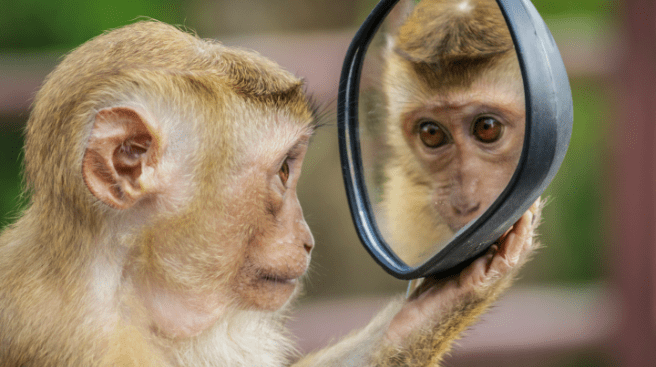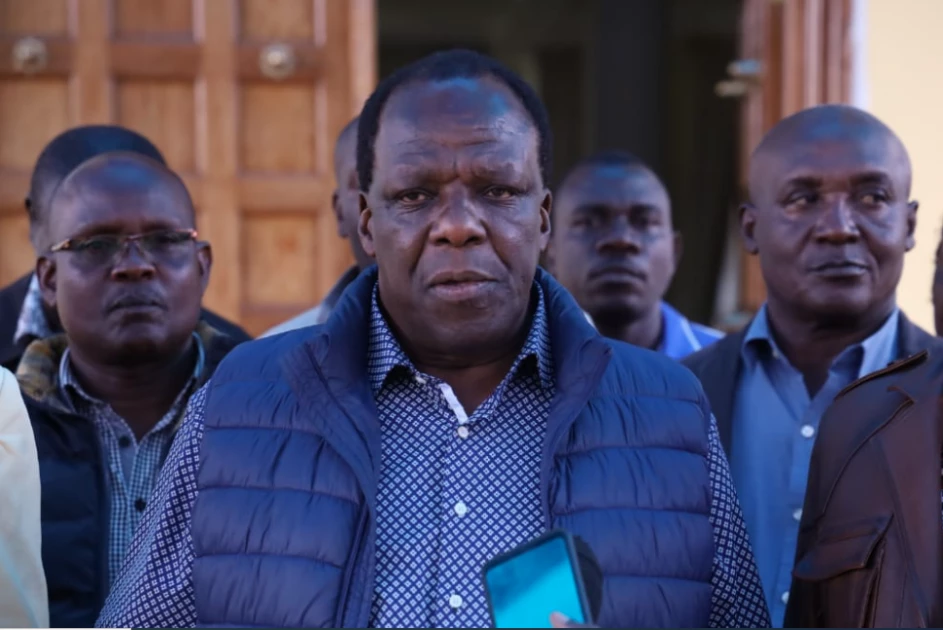
EACC Wraps Oparanya Probe, Submits Files To The ODPP
Reading Time: 2 minutesThe Ethics and Anti-Corruption Commission (EACC) has taken significant steps in the case involving former Kakamega Governor Wycliffe Oparanya. Following a comprehensive investigation into allegations of corruption. The EACC has now sent Oparanya’s case file to the Office of the Director of Public Prosecutions (ODPP) for further action. The investigation gained momentum in August. When EACC detectives questioned Oparanya and his spouses regarding their involvement in the alleged embezzlement of Ksh.1.3 billion. During his two-term tenure as the Governor of Kakamega. Speaking before the National Dialogue Committee on Tuesday. EACC Chairperson David Oginde emphasized that the agency adheres to a strict protocol. They forward the names of individuals suspected of corruption to the ODPP, only after conducting a thorough and exhaustive investigation into all reported offenses. This underscores their commitment to ensuring accountability and transparency in cases of graft. READ ALSO: “The cases that we deal with go through a lot of processes before being forwarded to the ODPP. It is a very vigorous process. Most of the cases that we forward to the ODPP rarely fail or are withdrawn. This is because of the kind of work that is done,” Oginde told the committee. “Like the recent case involving a former governor (Oparanya), we summoned to EACC offices for probing. As we speak now, we have just concluded our investigations into this particular person. We have forwarded that file to the ODPP for further action.” Oginde suggests that the findings of the EACC’s investigations indicate that Wycliffe Oparanya indeed has a case to answer. These findings likely point to substantial evidence or information. That raises reasonable suspicions regarding Oparanya’s involvement in the alleged corruption or graft offenses under investigation. “We cannot do that (forward files to the ODPP) without evidence of wrongdoing. We are going to follow this method because we have a systematic way of doing things,” he stated. Oginde also rejects claims made by some leaders within the Azimio la Umoja One Kenya coalition party. Suggesting that the EACC had been manipulated by the government to stifle opposition voices. His dismissal of these assertions emphasizes the EACC’s commitment to its mandate of combating corruption, and maintaining its independence from political influence or bias, regardless of the affiliations of those under investigation. “The party to which this former governor belongs came out in full force alleging that this was politicization and weaponization of EACC. Our mandate as EACC is that we are supposed to respond to all kinds of corruption and bribery cases,” he said. Additionally, the Chair of the EACC highlights the agency’s need for increased funding from the government to effectively fulfill its mandate in combating corruption. Adequate funding is essential to empower the EACC to conduct thorough investigations, prosecute cases, and undertake anti-corruption initiatives efficiently. This request for additional resources underscores the importance of providing the EACC with the necessary tools and support to address corruption effectively in the country. “In order for these people to do the tasks that they need to do. It requires a lot of resources and time. This is why we are asking that our capacity be increased so that we can act as quickly as possible on the cases that come up,” he said.

